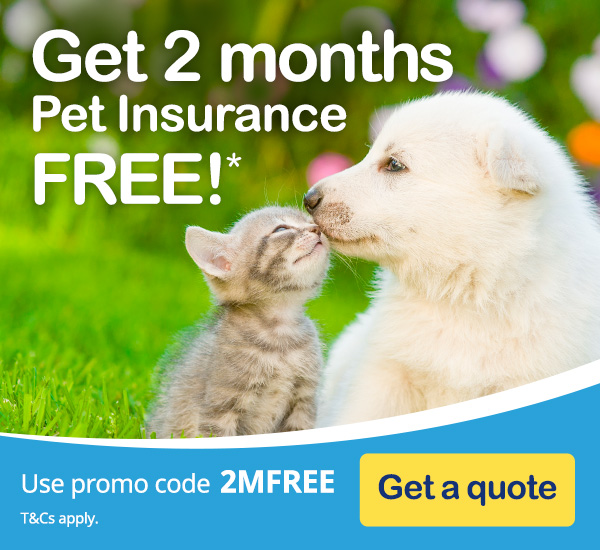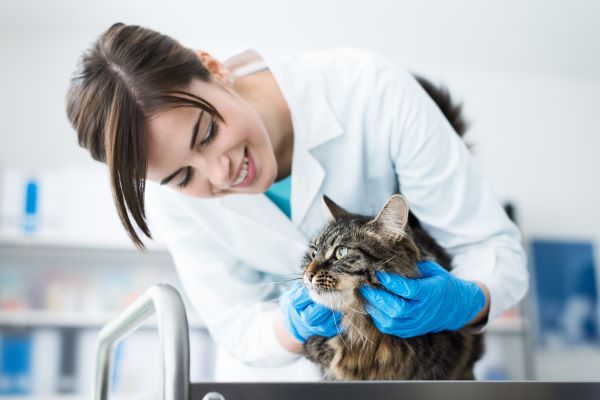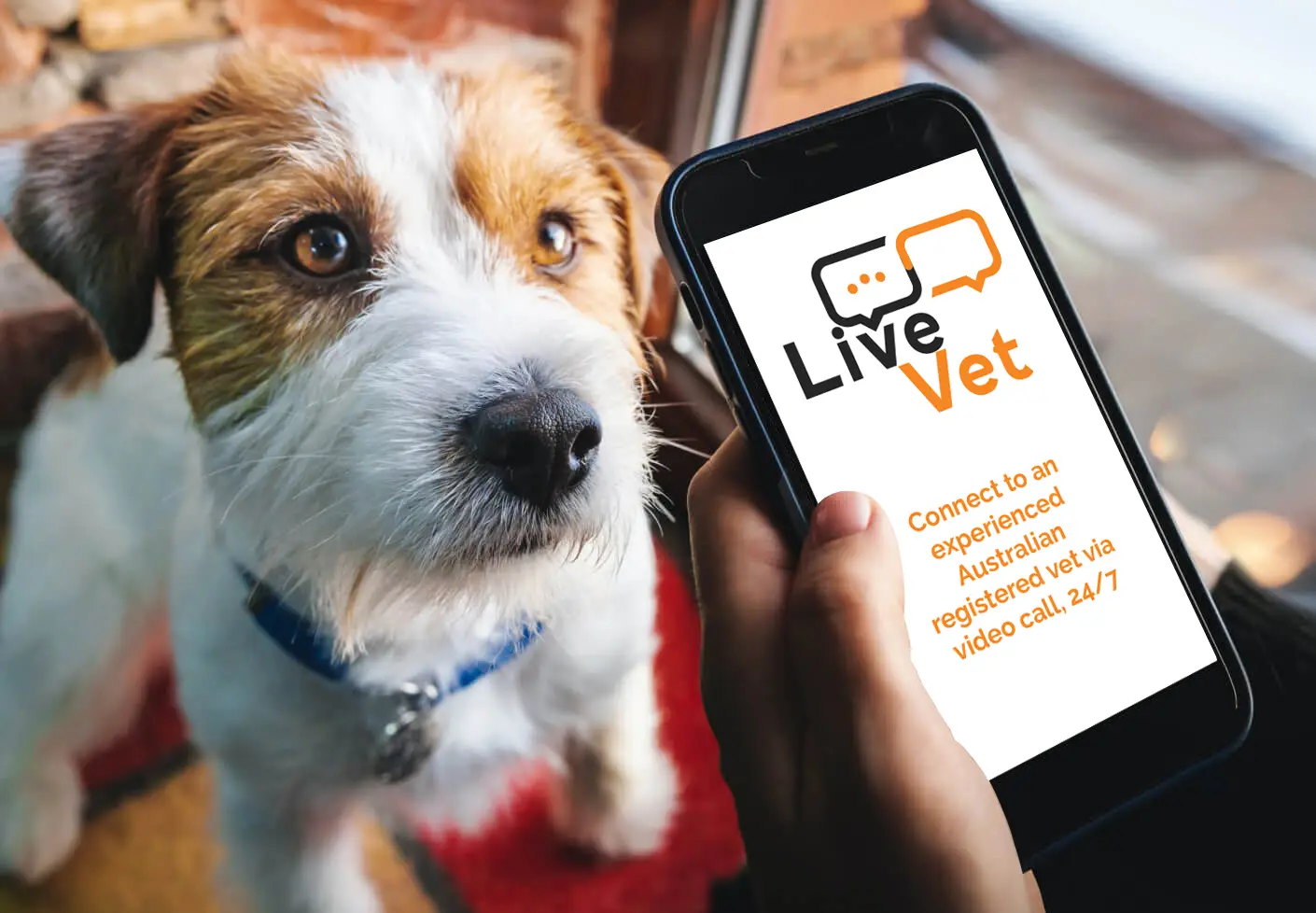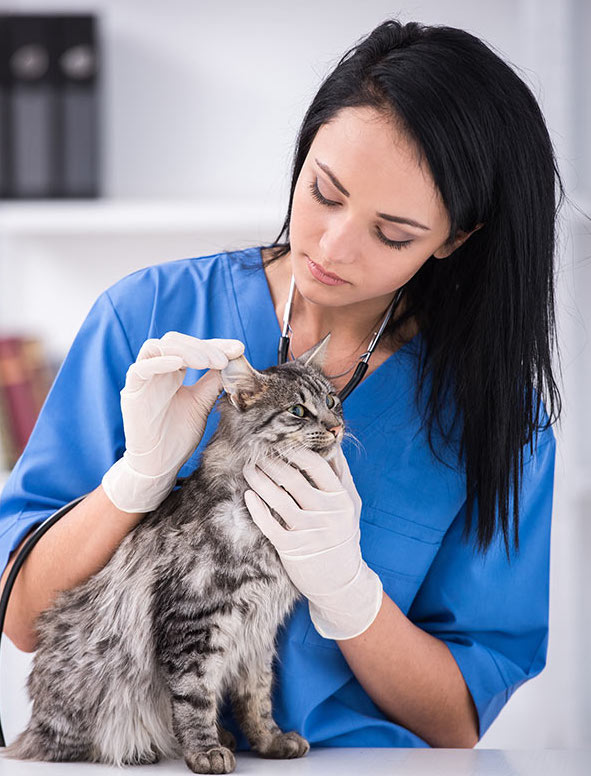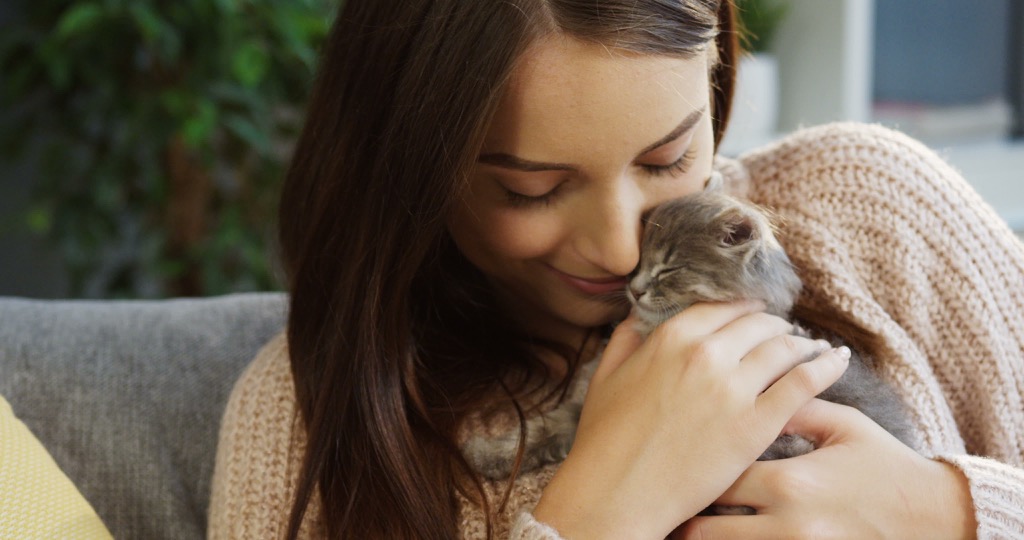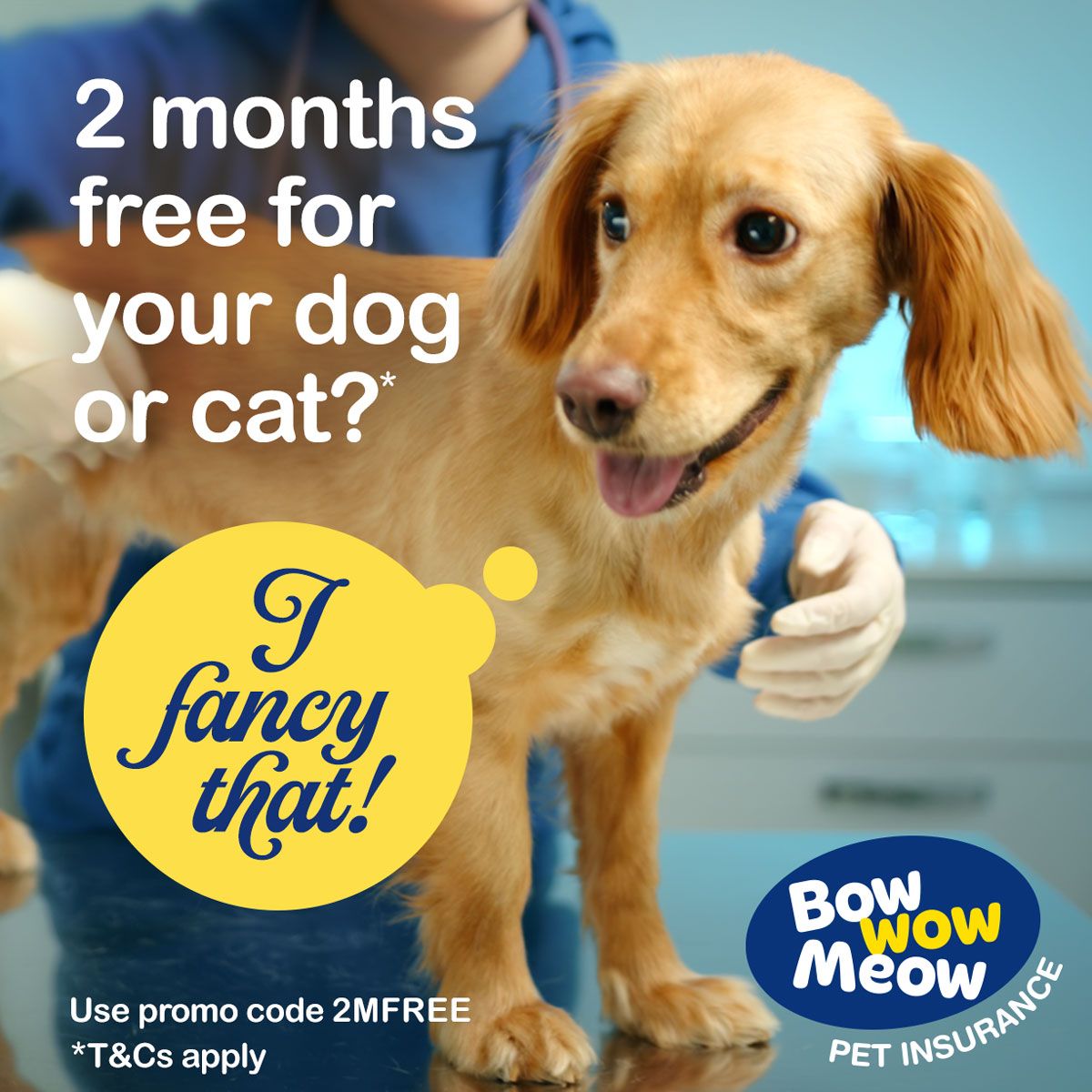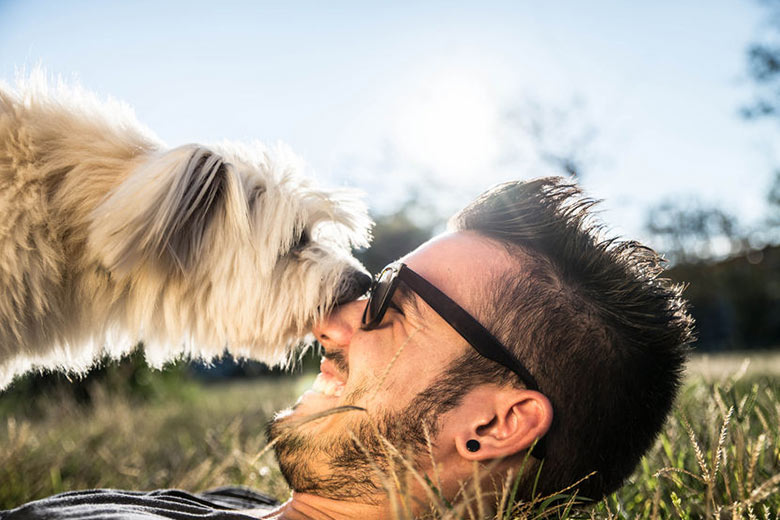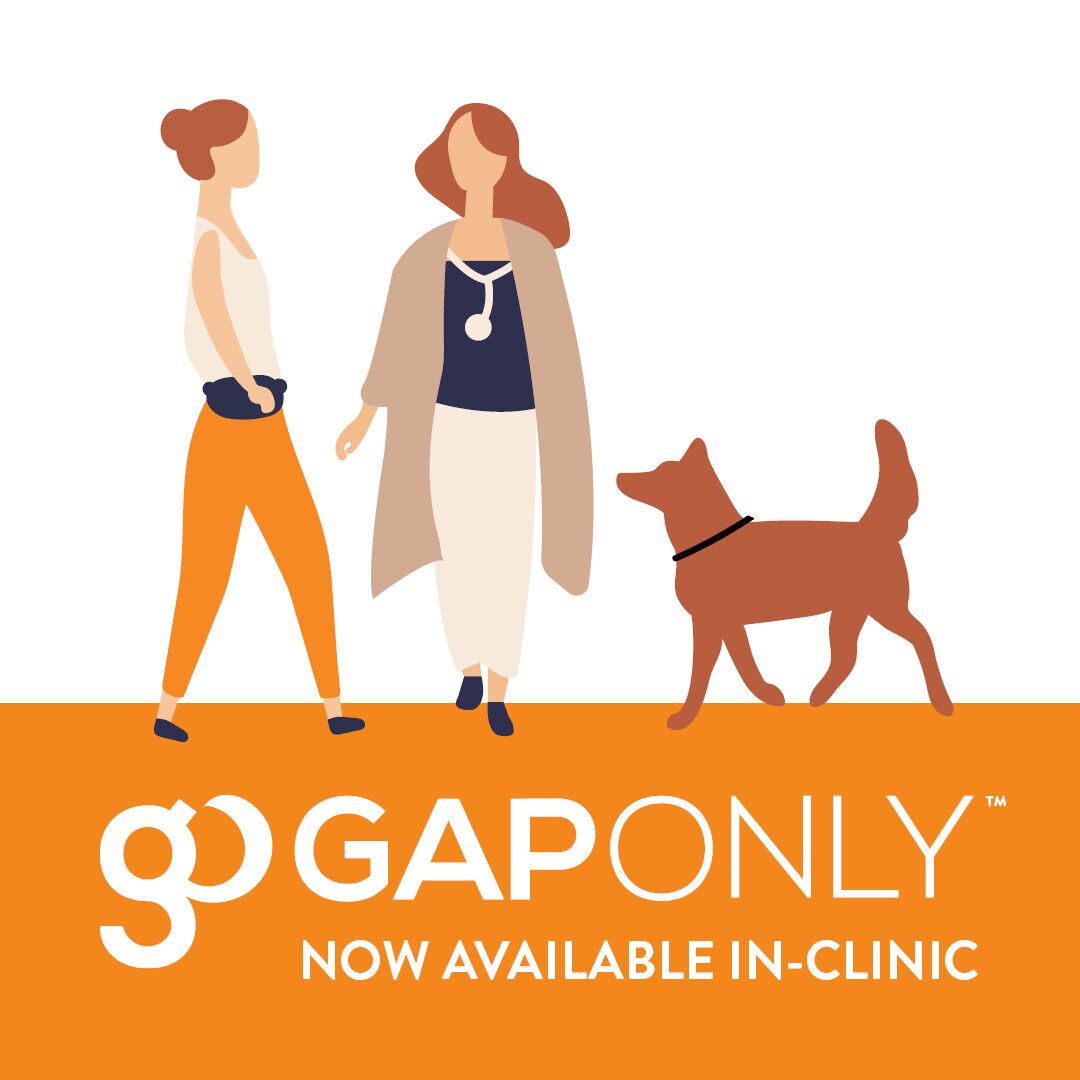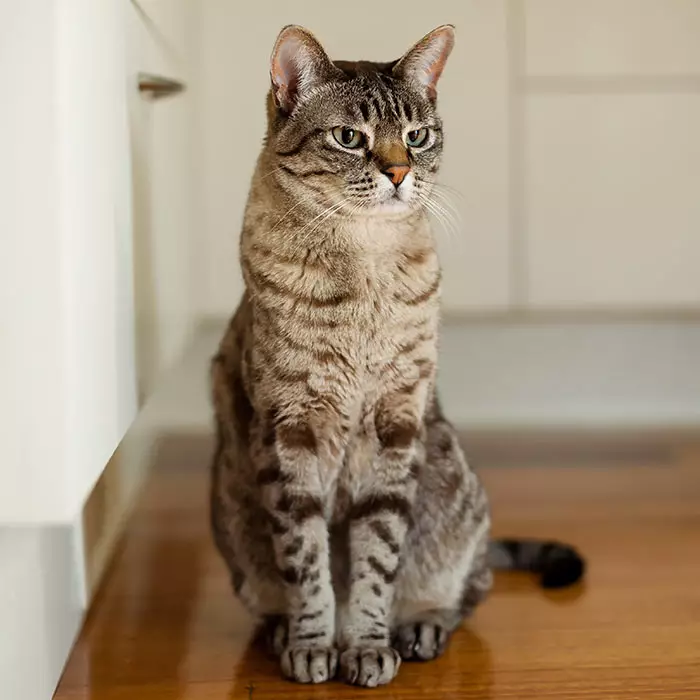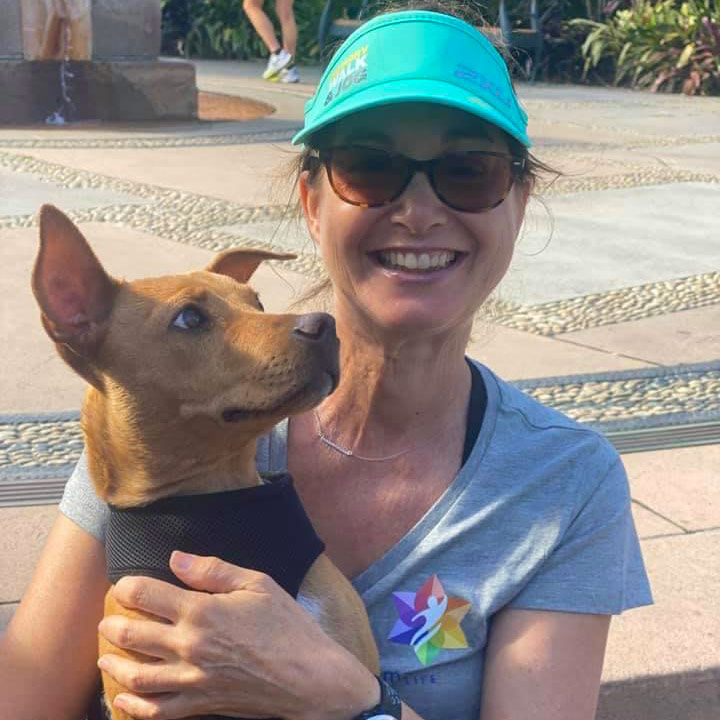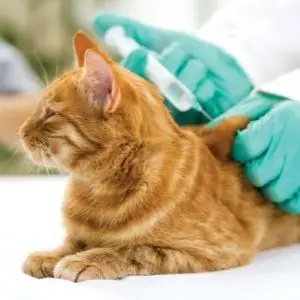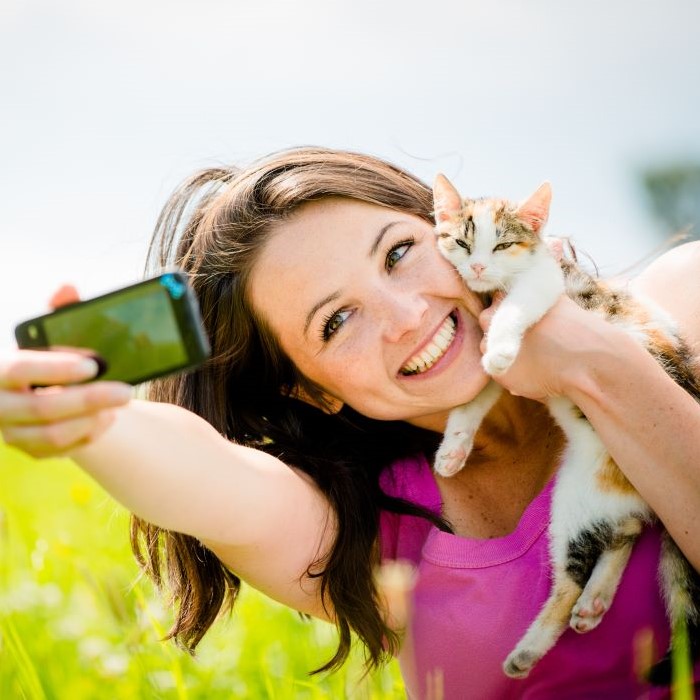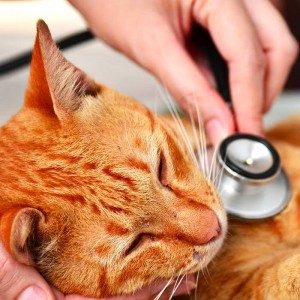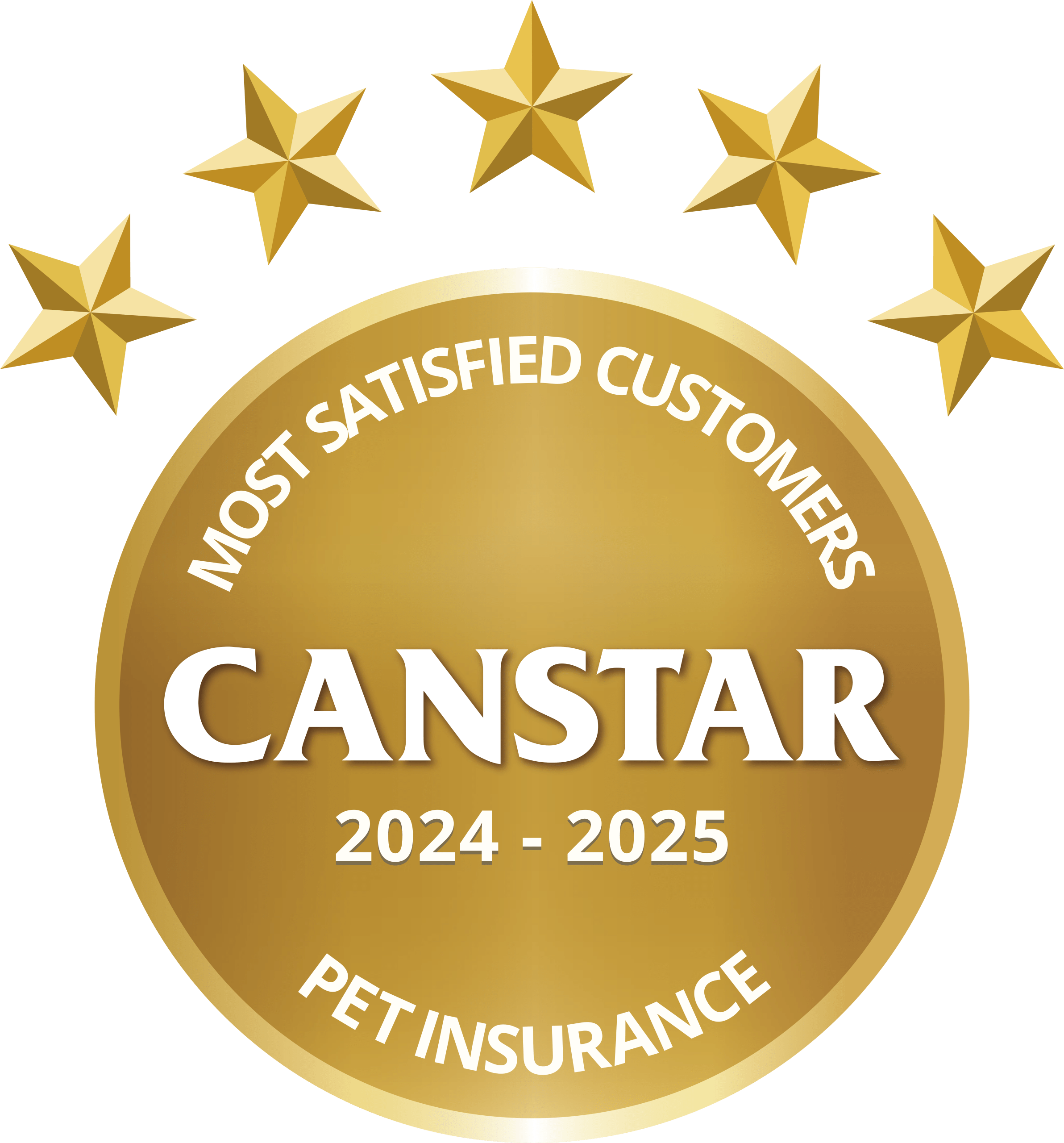The top 5 health problems for cats
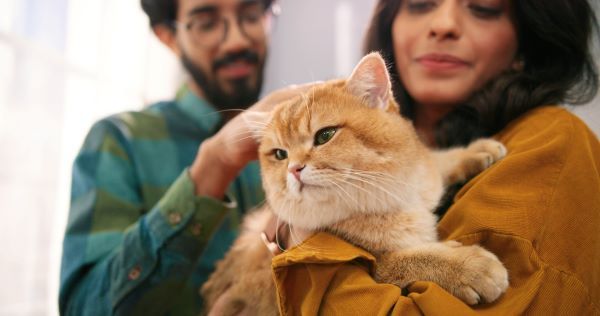
Our feline family members are an integral part of the family, and we love them like our own kids! To give them the best care, it’s important to be aware of the most common health conditions* that affect cats, so that we know what to look out for and catch any issues early.
Prevention is always better than cure, so we also bring you top tips and advice on how to keep your fur baby safe and healthy.
With advances in veterinary care come increased costs of treatment. We let you know the average treatment cost and highest treatment cost of the most common cat health conditions, as per PetSure claims data from 2024.
The top 5 health conditions in cats:
- Gastrointestinal conditions
- Urinary tract disorder
- Skin infections / allergies
- Fight or bite wounds
- Eye conditions
Why do cats get sick?
Our fur babies can get sick for a variety of reasons, just like us. Despite our best efforts, health issues can crop up in cats of all breeds and ages.
Cats often explore the world with their mouths so it may not be surprising that gastrointestinal problems are common. Dental issues and urinary system disorders are other conditions that affect all age groups of cats.
Because it is difficult to predict the costs of veterinary care, it can help to have measures in place to help prepare for the unexpected. Pet insurance can help by covering a portion of the eligible vet bill if the unexpected does happen. Find out more about our cat insurance options.
1. Gastrointestinal conditions
- Average treatment cost: $903Ø
- Highest treatment cost: $26,987Ø
What are gastrointestinal conditions in cats?
Gastrointestinal problems are the most common health issue in cats of all ages. Gastroenteritis in cats refers to inflammation of the stomach and intestines. This condition can cause vomiting, diarrhoea or both, and is often accompanied by abdominal discomfort, lethargy and a loss of appetite. It can be acute (sudden and short-term) or chronic (ongoing or recurring).
Kittens are more likely to have GI upsets relating to infections, parasites, and changes in diet, while in adult cats issues like food intolerances and chronic inflammatory diseases of the GI tract are more frequent causes.
Unsure how serious it is?
Bow Wow Meow policyholders can get access to trusted vet care anytime, anywhere, at no additional cost. Connect to an experienced Australian registered vet via video call, 24/7. Whether it’s providing vet advice, setting up at-home treatment plans, or confirming if you need to visit a vet in person, you can get help when you need it.
Find out more about our pet insurance cover options.
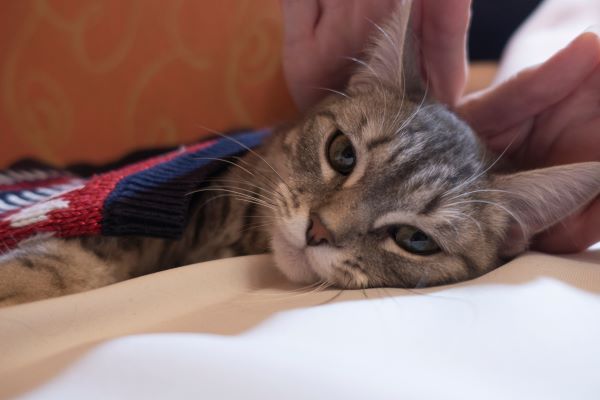
Preventing gastrointestinal conditions in cats
While gastrointestinal conditions are not always preventable, you can take steps to reduce your cat’s risk:
- Avoid sudden changes in diet – transition to a new type of food gradually over 7 to 10 days.
- Keep your cat indoors or supervise outdoor time to avoid scavenging.
- Ensure your cat doesn’t have access to toxins, medications or human foods.
- Provide routine parasite control and regular veterinary check-ups.
- Keep their environment calm, especially during times of change or stress.
- Ensure they are up to date with vaccinations.
Learn more about Gastroenteritis in cats
2. Urinary tract disorder
- Average treatment cost: $1,459Ø
- Highest treatment cost: $38,769Ø
What is urinary tract disorder in cats?
The second most common health condition in cats overall is urinary tract disorder. This refers largely to Feline lower urinary tract disease, or FLUTD, a group of diseases affecting the bladder and urethra of cats which show similar clinical signs.
Symptoms of FLUTD include frequent or painful urination, bloody urine and frequent licking of the urinary opening.
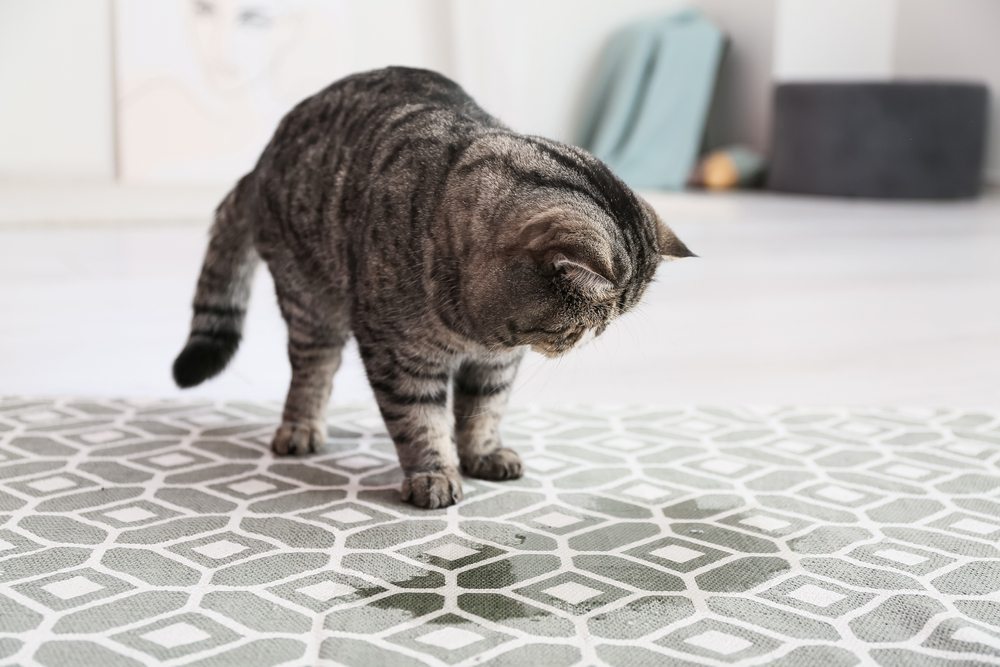
Preventing urinary tract disorder in cats
- Feed a high-quality diet.
- Remove toxins from your cat’s environment.
- Don’t allow your cat to become overweight.
- Increase your cat’s water intake.
- Have regular check ups at the vet to catch changes early.
Learn more about Feline lower urinary tract disease, or FLUTD
3. Skin infections / allergies
- Average treatment cost: $470Ø
- Highest treatment cost: $ 21,343Ø
What are skin infections and allergies in cats?
A skin allergy is a condition where the immune system is overly sensitive to a specific allergen, which brings on an allergic reaction in your cat’s skin. Plants, insect bites – especially flea bites – and foods are common allergens in cats.
Skin allergies can range from minor itchiness or redness to chronic, severe or ongoing skin conditions. Being chronically itchy is very uncomfortable for your cat and they may scratch incessantly. Broken skin from scratching sets up a perfect environment for secondary bacteria to take hold, leading to a skin infection.
Sking infections and allergies are the third most common health condition in cats, generally appearing from early adulthood onwards. They can be complicated to diagnose and may require ongoing, long-term treatment.

Preventing skin infections and allergies in cats
- Avoid any known allergens or environments that may trigger a reaction, including long grass with seeds, or pollen.
- Keep your cat’s skin and coat clean and brush the coat regularly.
- A common cause of allergic reactions in pets is flea bites, so stay up to date with flea treatment all year round.
- Examine your cat’s skin frequently to identify problems early.
- Feed a high-quality diet.
Learn more about dermatitis
Learn more about skin allergies
4. Fight or bite wounds
- Average treatment cost: $620Ø
- Highest treatment cost: $24,529Ø
What are fight or bite wounds in cats?
In fourth place, fights or bite wounds in cats are injuries to the skin and underlying tissues, typically caused by altercations with other animals.
Bite wounds, in particular, can be puncture-type injuries that may look small on the surface but often cause deep tissue damage and infection.
Fight or bite wounds can range from minor scrapes to severe lacerations and may require cleaning, antibiotics, and sometimes sutures or surgery to heal properly.
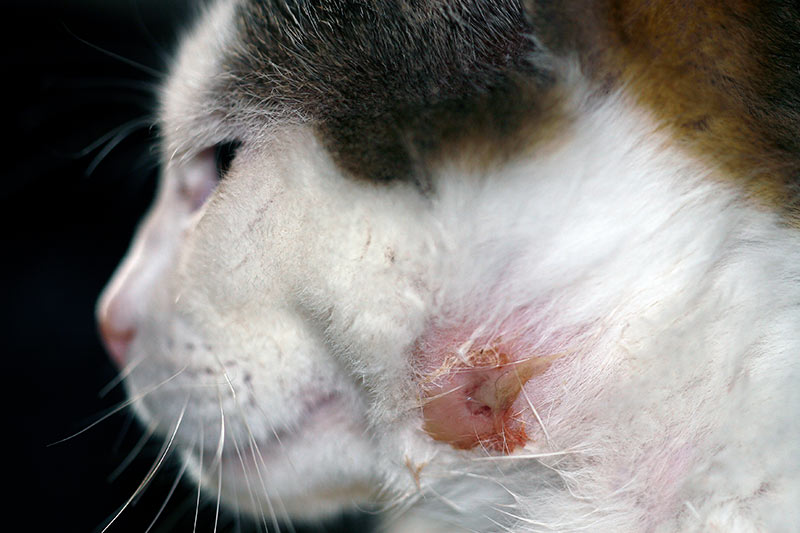
Preventing wounds from fights or bites in cats
- Supervise outdoor time – keep cats on a leash or in secure, fenced areas to prevent accidents or fights.
- Socialize cats gradually – proper training and positive introductions lower the chance of aggression.
- Keep cats away from hazards – block access to sharp objects, machinery, or unsafe environments.
- Use secure transport – restrain cats safely in vehicles to prevent injuries during sudden stops or accidents.
- Desex when appropriate – can reduce roaming and aggression linked to mating behavior.
- Monitor interactions with other animals – especially around food, toys, or high-stress situations.
Learn more about wounds
5. Eye conditions
- Average treatment cost: $424Ø
- Highest treatment cost: $20,106Ø
What are eye conditions in cats?
In second place for kittens and 5th place overall, eye conditions in cats refers to a range of conditions affecting the eye, including conjunctivitis, corneal ulcers, uveitis, glaucoma and cataracts.
Many feline eye conditions share overlapping symptoms, which can make it difficult to identify the exact issue without a veterinary exam, for example, squinting, excessive tearing or blinking, red or inflamed eyes, and discharge from the eye.
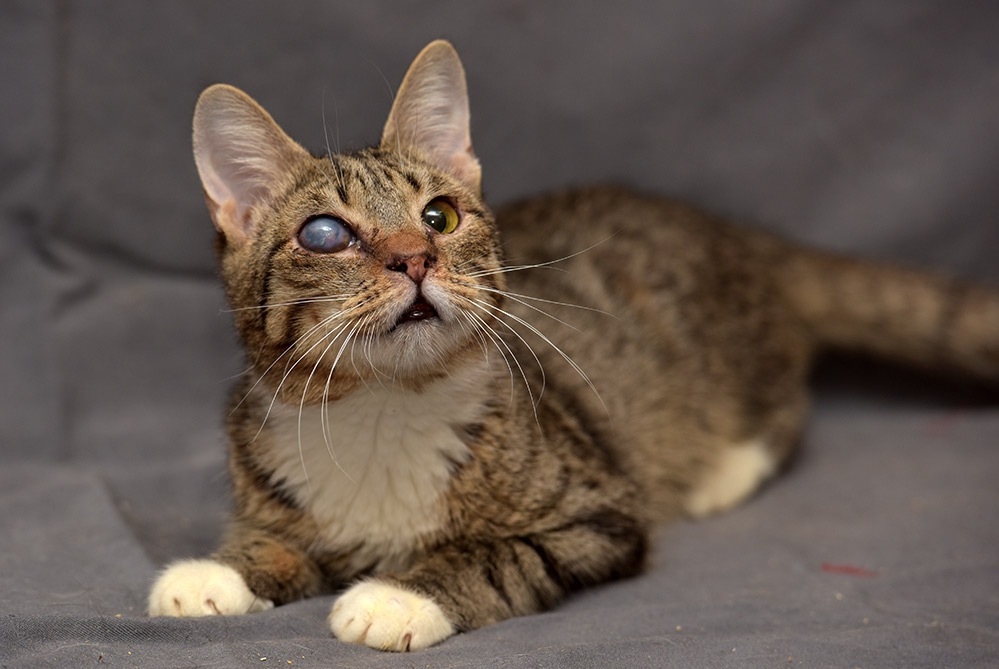
Preventing eye conditions in cats
Here are some effective ways cat owners can help prevent eye conditions in their pets:
- Keep the eyes clean – always wipe away from the eye, not towards it.
- Watch out for redness, discharge, squinting or rubbing – these are early signs.
- Keep vaccinations up to date – some viruses can cause eye infections.
- Reduce exposure to irritants – aerosols, smoke, chemicals.
- Keep the environment clean and well-ventilated
Flat-faced breeds (like Persians) are more prone to eye issues.
Owners of these cats should clean around the eyes daily and be extra vigilant for signs of infection or irritation.
Learn more abouteye conditions
A final word…
Taking positions 6 through to 10 in the most common health conditions in cats are:
6. Behavioural problems
9. Heart murmurs
10. Mass lesions (lumps and bumps)
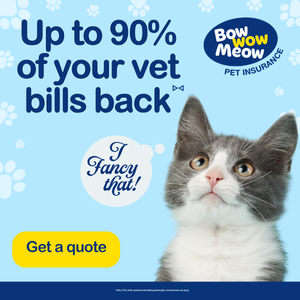 You can help keep your cat safe and healthy by keeping your cat indoors, increasing their water intake, accident-proofing their environment and having regular check ups at your vet.
You can help keep your cat safe and healthy by keeping your cat indoors, increasing their water intake, accident-proofing their environment and having regular check ups at your vet.
Knowledge is your best weapon in keeping your kitty safe and healthy throughout their life. Knowing what to look out for and when to call the vet, and taking the necessary precautions to prevent illness or accidents from occuring, allows you to relax and enjoy your time together and be the best pet parent you can be!
ØBased on PetSure claims data, 2024 calendar year. Reimbursement for these claims under a pet insurance policy would be subject to limits, such as annual benefit limits or sub-limits, benefit percentage, applicable waiting periods and any applicable excess. Cover is subject to the policy terms and conditions. You should consider the relevant Product Disclosure Statement or policy wording available from the relevant provider. Please note that values calculated are based on all claims for that condition and medically related conditions in each calendar year.
Bow Wow Meow Pet Insurance can help protect you and your cat should an unexpected trip to the vet occur.
-
Find out more about our cat insurance options
-
Get an online pet insurance quote
Bow Wow Meow is proud to have been awarded winner of Canstar’s ‘Most Satisfied Customers’ Award in the Pet Insurance category for both 2024 and 2025!
Bow Wow Meow is proud to have been chosen as Product Review’s Pet Insurance Award Winner every year from 2018 to 2025! This is based on 2,995 independent customer reviews (as at 21/01/2025), with an overall rating of 4.3*
Google Review rating = 4.5* (based on 968 reviews)
Trust Pilot rating = 4.6* (based on 531 reviews)
Bow Wow Meow is proud to have been chosen as Product Review’s Pet Insurance Award Winner every year from 2018 to 2025! This is based on 2,995 independent customer reviews (as at 21/01/2025), with an overall rating of 4.3*
Google Review rating = 4.5* (based on 968 reviews)
Trust Pilot rating = 4.6* (based on 531 reviews)
Bow Wow Meow has been chosen as a winner in the Finder Pet Insurance Awards 2024. Finder’s panel of experts analysed over 140 quotes to award our Ultimate Care Plan the winner of the “Pet Insurance – Value” category.
